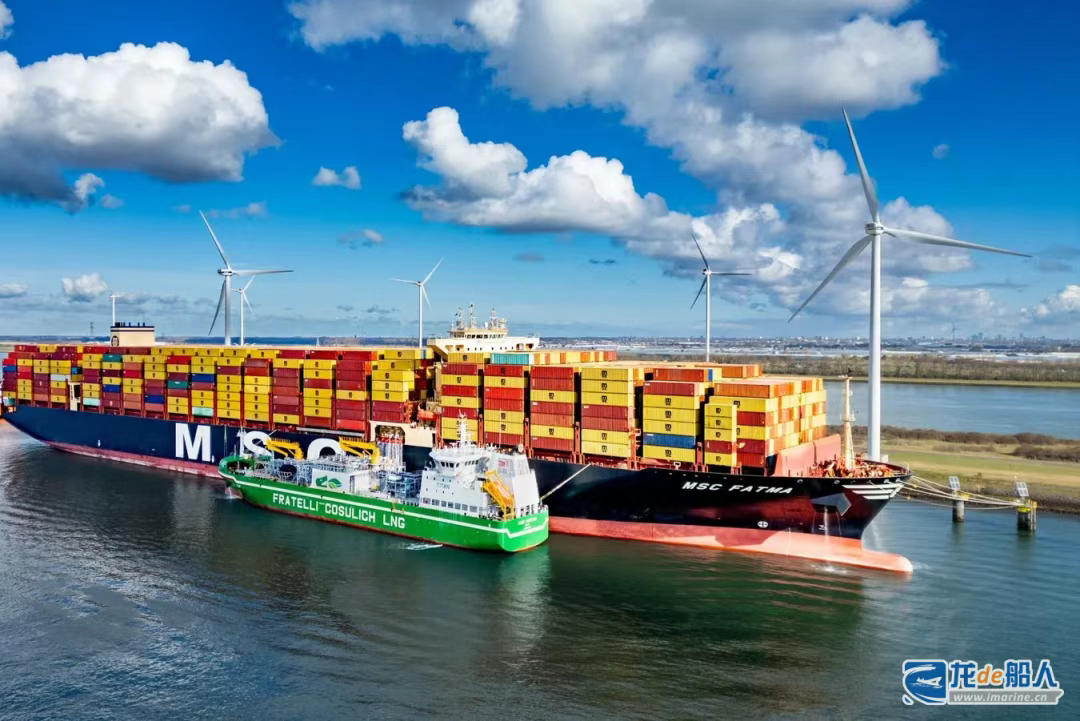In 2025, against the backdrop of a slowdown in the overall growth of the global new shipbuilding market, orders for alternative fuel vessels will continue to grow.

According to data from DNV’s Alternative Fuels Insight (AFI) platform, new orders for alternative fuel vessels reached 19.8 million gross tons (GT) in the first half of 2025, up 78% from the same period in 2024, meaning that shipowners are increasingly prioritizing assets that meet future needs in response to regulatory pressure, fuel supply issues and long-term decarbonization goals.
Specifically, liquefied natural gas (LNG) remains the fuel of choice. In the first half of 2025, orders for LNG-fueled vessels is 87 with a total tonnage of 14.2 million GT, with container ships continuing to dominate, accounting for 81 vessels with a total tonnage of 13.6 million GT.
Methanol fuel also showed strong momentum, with orders for 40 vessels and 4.6 million GT in the fields of container ships, ro-ro vessels, tankers, offshore engineering and car carriers.
Although hydrogen and ammonia are still in the niche stage, they continue to remain active, indicating that the market has initially established confidence in their long-term potential. In the first half of this year, a total of 3 ammonia-fueled vessels with a total capacity of 37,000 GT were ordered worldwide, mainly in the tanker and bulk carrier sectors. Currently, there are 4 hydrogen-fueled vessels with a total capacity of 114,000 GT on order.
Meanwhile, supporting infrastructure is also developing in tandem with vessel investment. In the first half of 2025, a total of 13 LNG bunkering vessels were ordered globally, while the number of LNG bunkering vessels in service worldwide stood at 62. The LNG bunkering vessel market was strongest in February this year, with a total of eight vessels ordered during the month.
This growth reflects the steady coordination between orders for alternative fuel vessels and the logistics infrastructure required to support their large-scale application, particularly in the LNG sector, where bunkering capacity is emerging as a key enabler for its continued adoption.


